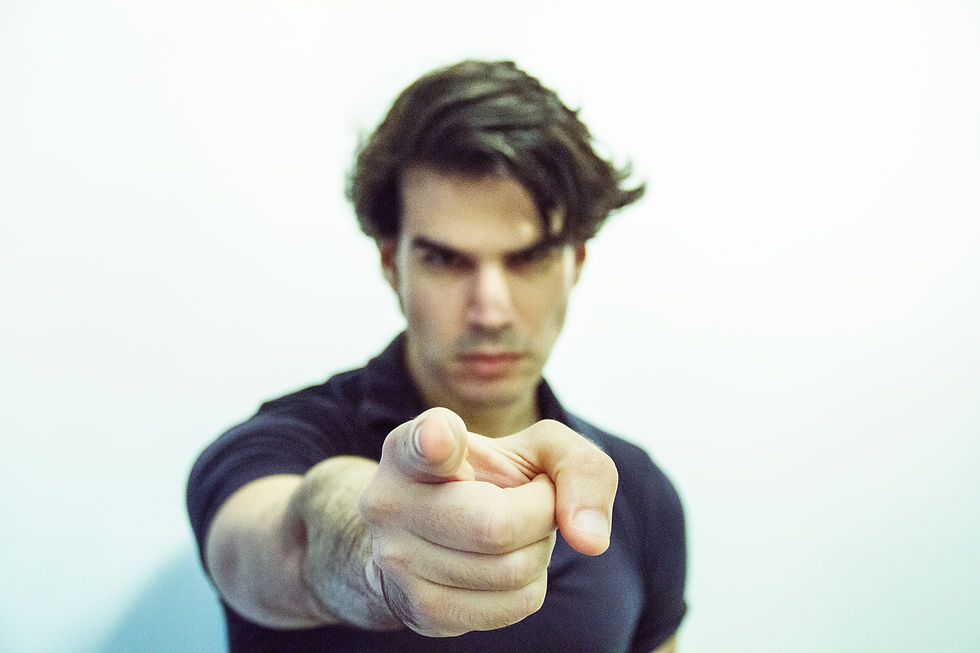
Webster’s definition for “CRITICISM” is fault finding, analysis and evaluation. I am posing a question that could likely change your leadership style, and all your relationships. Here it is:
Is there really such a thing as “constructive criticism”?
My answer is no. There is no such thing as constructive criticism. It does not exist.
All criticism, by its very definition and purpose, is destructive. Criticism is the breaking down and breaking apart to study, analyze, find weakness and fault, and to evaluate. Critical thinking is a good thing. It is essential for problem solving. It is the basis for systems creation. Portions of our brain are specifically designed to criticize. Critical thinkers are essential members of any strong team. Clarity in business and life situations, especially during times of challenge, often comes from breaking down the situation, pulling it apart into pieces, and taking a close, critical look for the problem behind the problem.
There is a productive use for critical thinking. When solving a problem, or building a system, or analyzing a situation, carefully engaging criticism is valuable and a great tool.
The problem arises when people criticize and judge other people. Criticism by its nature is destructive. It tears down and breaks apart. It can destroy relationships and teams. It is often the root of discouragement and bitterness. Effective leaders have learned to use their critical skills to attack problems, not people. Effective leaders enroll their team to join them in analysis and critical thinking about the challenges and problems, not to tear apart and criticize the other team members.
Here’s a question that arises. As a leader and coach, is criticism of people ever appropriate and helpful? I agree that often the beginning of positive change begins with recognizing weaknesses, faults, failures, and shortcomings. However, people resist others pointing out their weaknesses, faults, failures, and shortcomings. Defensiveness and denial are typically the response you will get when you criticize someone. It is a rare person that really appreciates and looks forward to being criticized and evaluated.
Here’s a better question: Is there a more effective way to influence and produce positive change in other people other than criticism? My answer is a resounding YES! What is it?
It is transformational coaching! Transformational coaching is helping other people change by facilitating discovery, clarity, action, and accountability. The coach becomes a catalytic influence, not a nagging parent, not a whiney supervisor, not a barking dog, and certainly not a judgmental answer man who knows better.
The fact is you CANNOT change other people. You do influence them. If you want to increase your positive influence in their life and job, then you must build a relationship with them characterized by a deep, mutual respect. The first step in building that respect is to be fully engaged and present. The most important tool for the coach is his ears. The initial function of the coach is to draw out of the team member their true thoughts, feelings, opinions, and perspective. At this point, the coach must divest himself of all judgment and opinion. His role is to ask good open ended questions, be fully engaged and present, listen carefully and empathetically, and help the team member gain clarity on their own thoughts, feelings, and actions. This very process of listening without criticism and judgment will engender a high level of mutual respect.
The coach will often see and notice things that the team member may be missing. The temptation is to jump in and try to “fix” the team member, solve their problem, and direct them in what to do. In some situations, this may be appropriate and effective. However, true transformative coaching would continue inquiry and reflection to facilitate the discovery and creation of solutions to problems. The team member discovers and often is the initiator of the solution and strategy. When the coach remains as a coach, and leads the team member to a place of discovery and understanding, then the team member has full ownership of the solution, and therefore true commitment. The final role of the coach is to provide accountability and challenge the team member to commit to specific action and change of practice. Certainly, the coach can offer ideas and thoughts on how to approach a particular project or challenge, not as criticism, but as assistance. The coach’s role is to support and serve the team member in their transformation. The coach provides leadership through example, understanding, support, and accountability.
As you can tell, this form of leadership is rooted in deep respect and relationship. It requires a high level of emotional intelligence, which can be developed and learned, and a true care for others and their success. The effectiveness of the leader as coach is founded on their integrity, candor, patience, and confidence in themselves and their team. The coach must believe in themselves and their team to win.

Comments